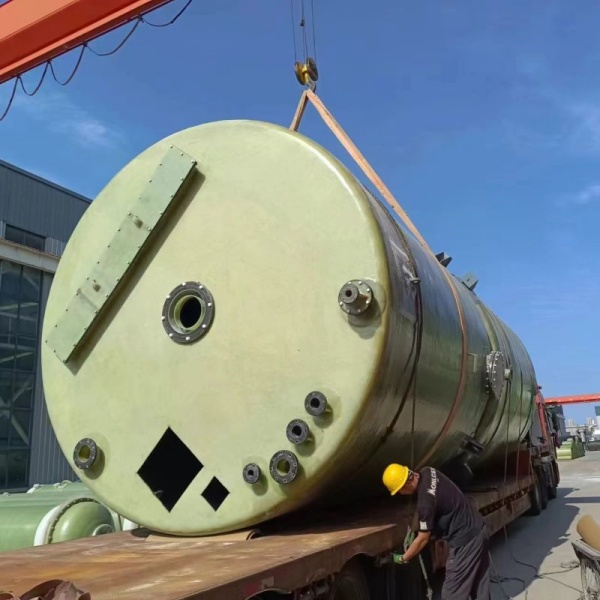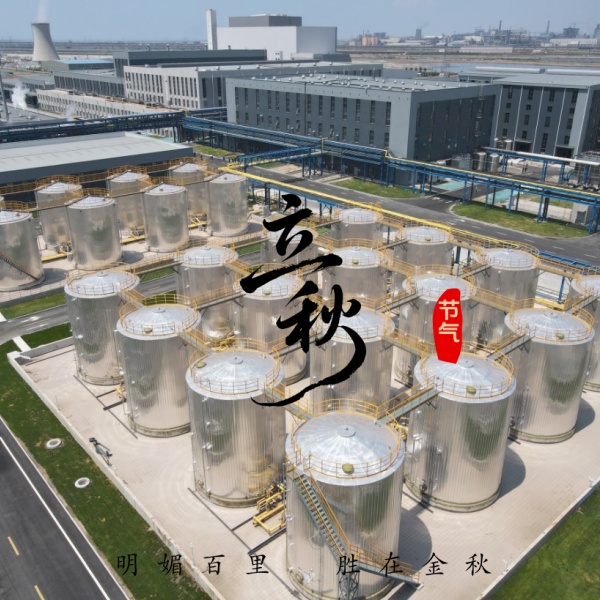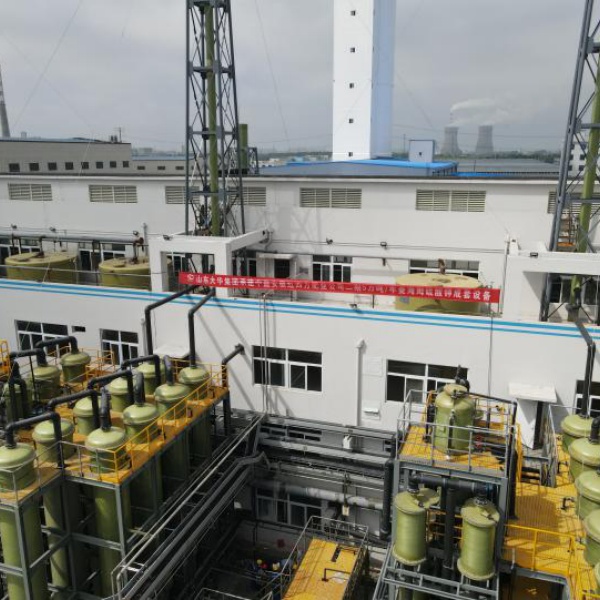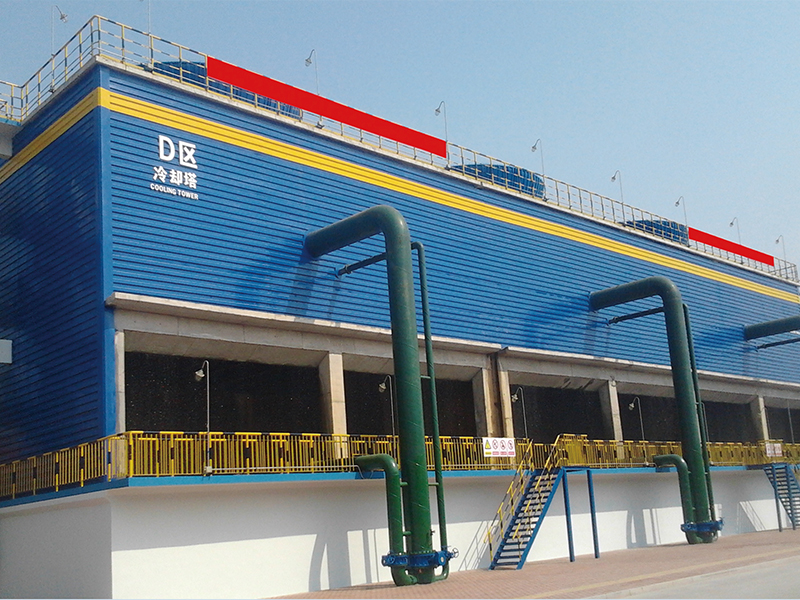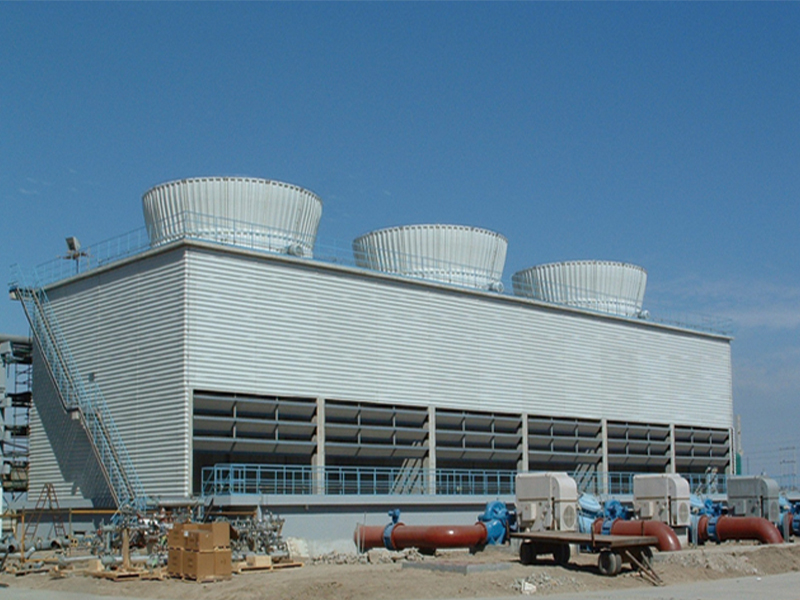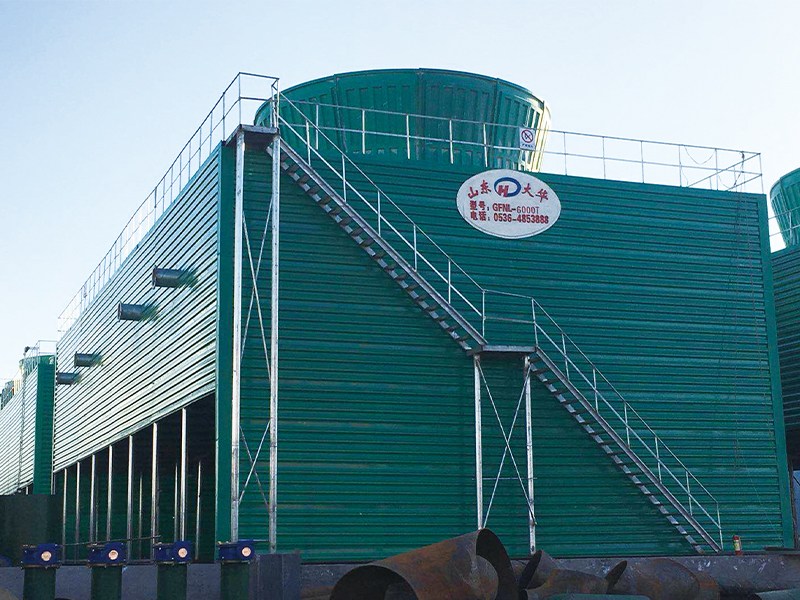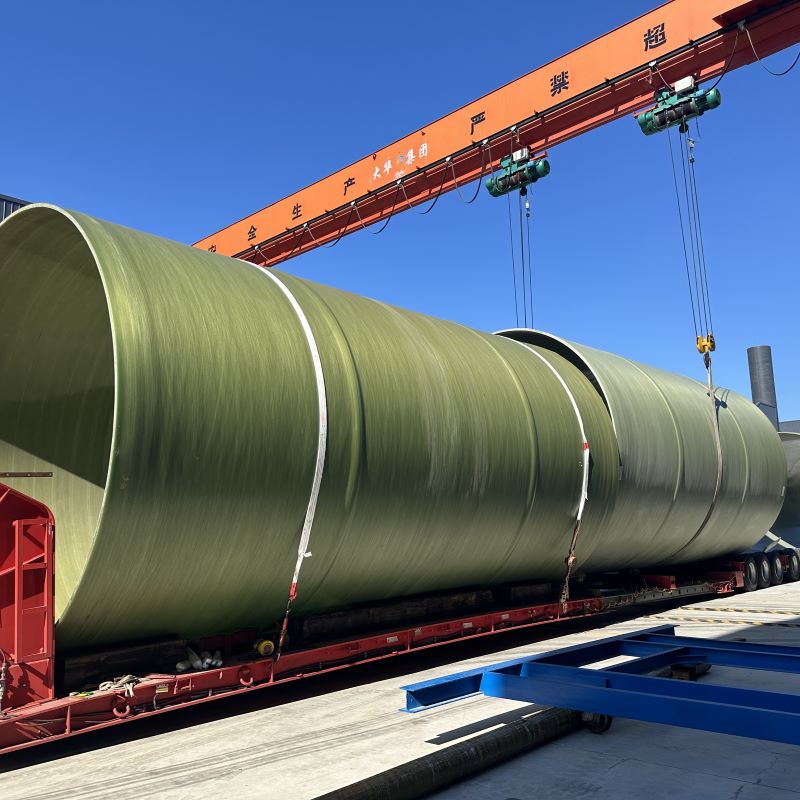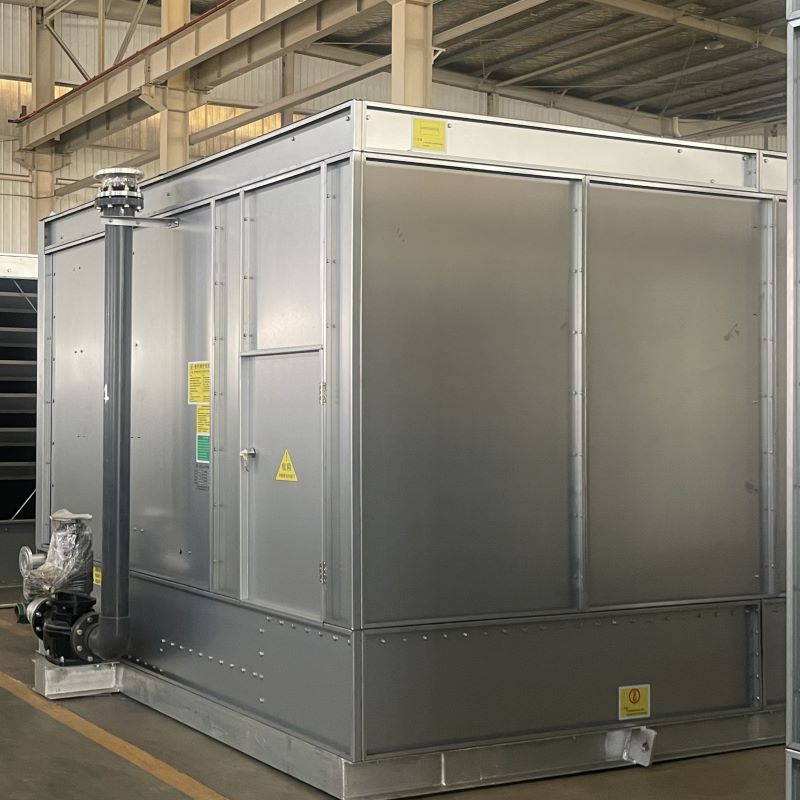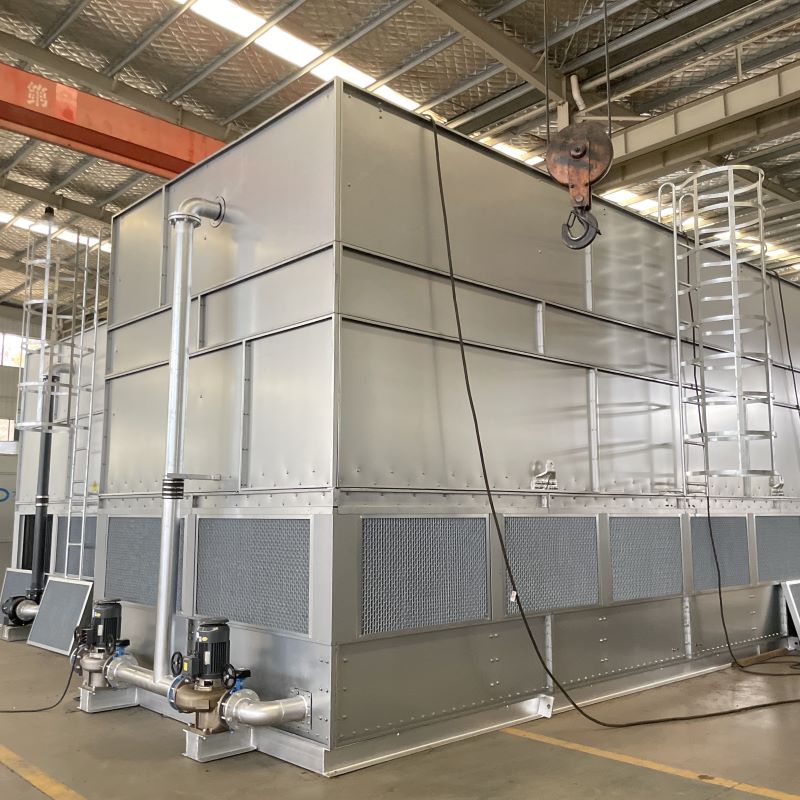
Products
-

FRP Liquid Alkali Storage Tank
-
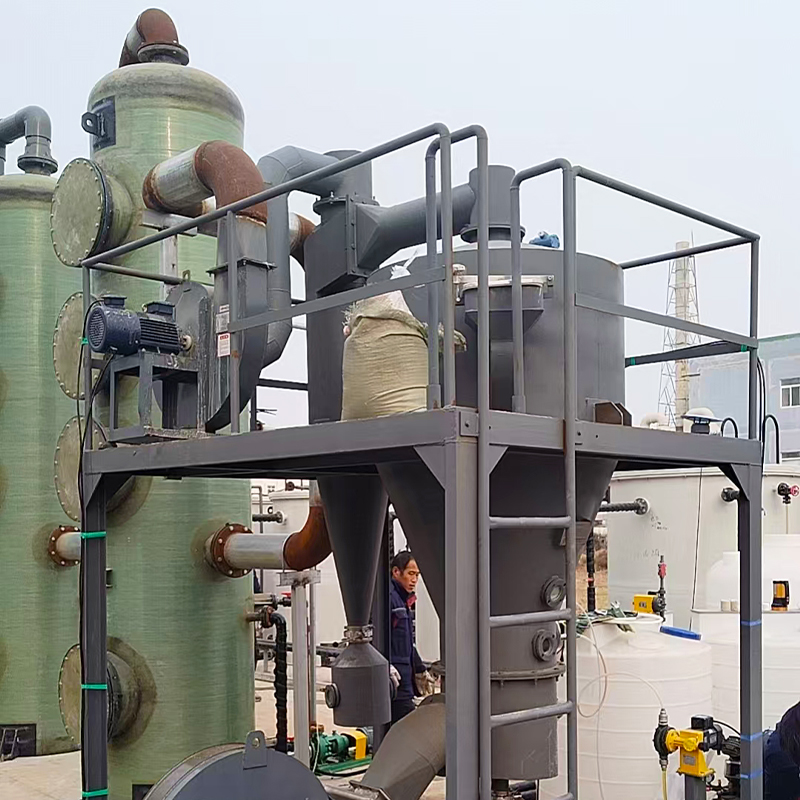
Calcium Chloride EPC Project
-

Scrubbing tower
-
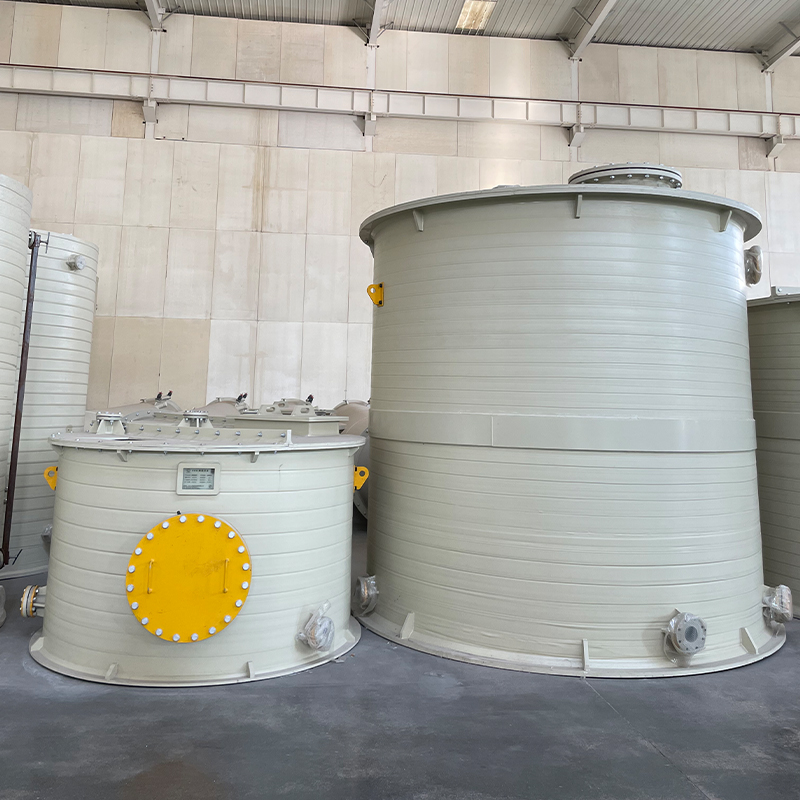
PPH Agitator tank
-
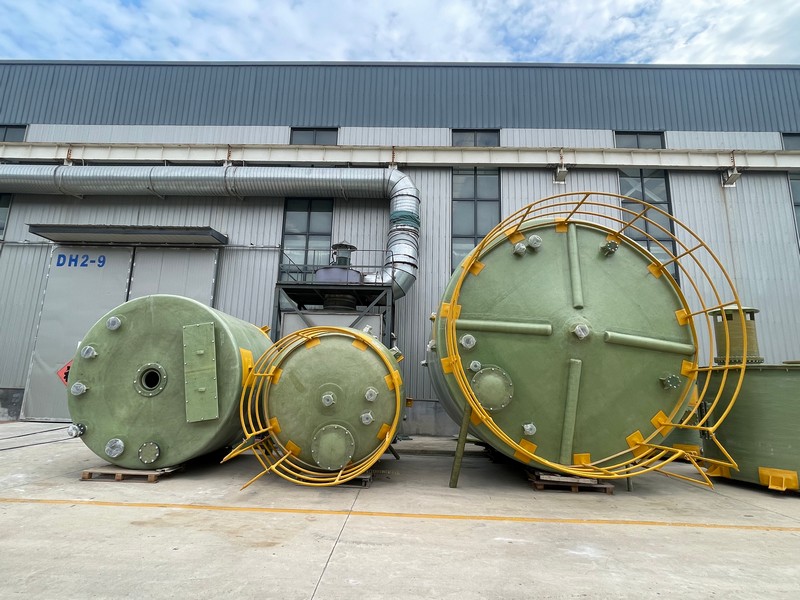
FRP Corrosion-Resistant Tank
-
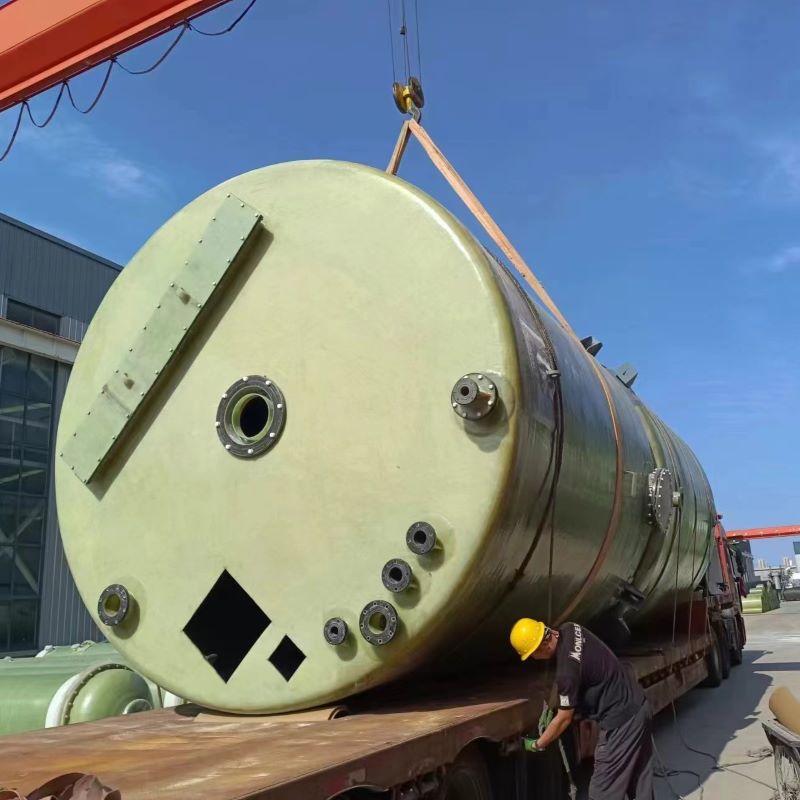
FRP reaction tanks
-

FRP Exhaust Gas Absorption Tower
-
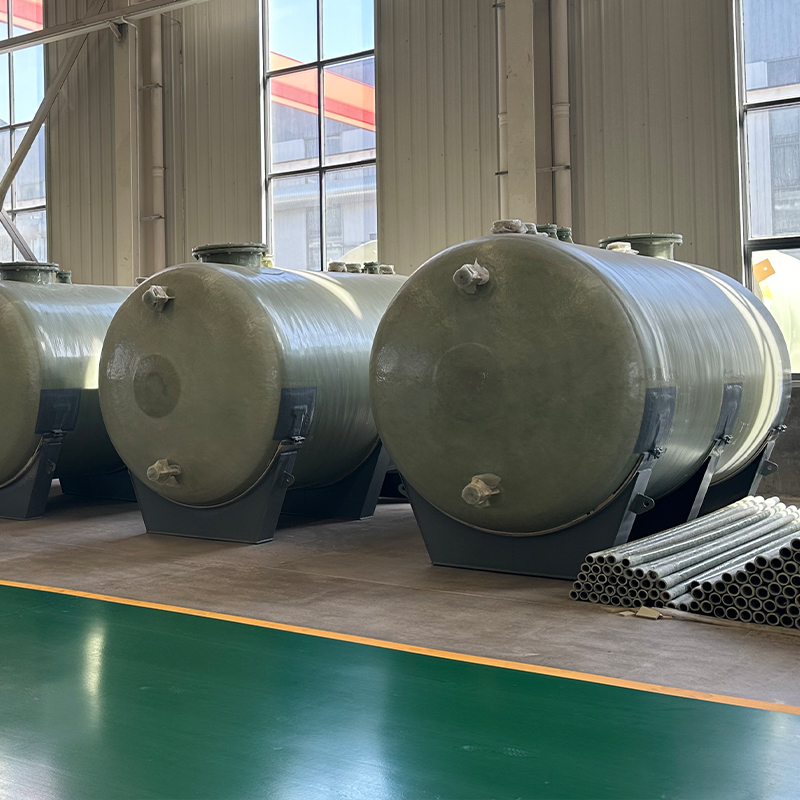
FRP Wastewater Storage Tank
-
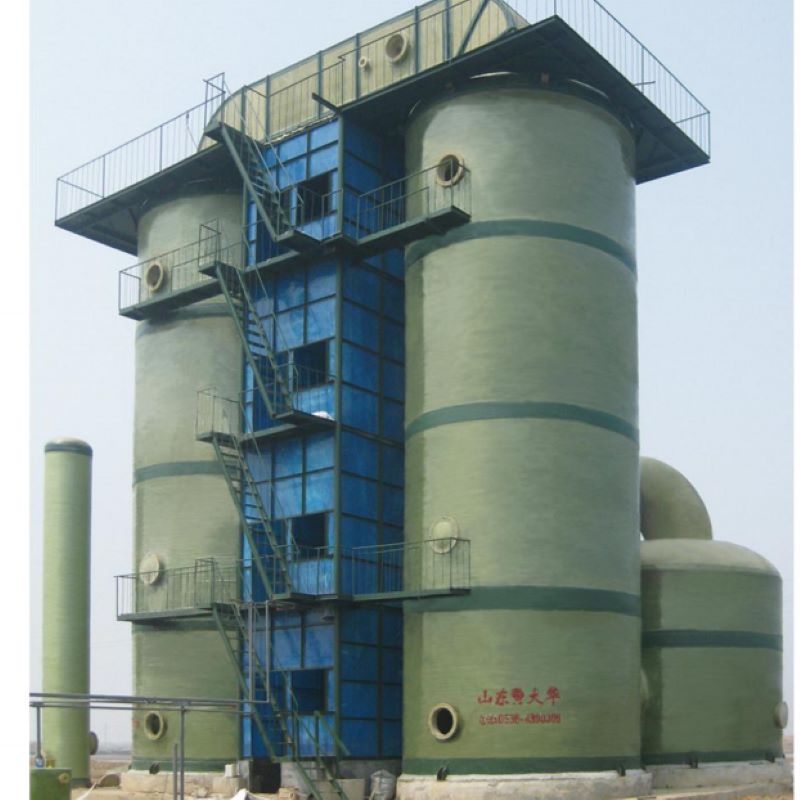
FRP bromine towers
-
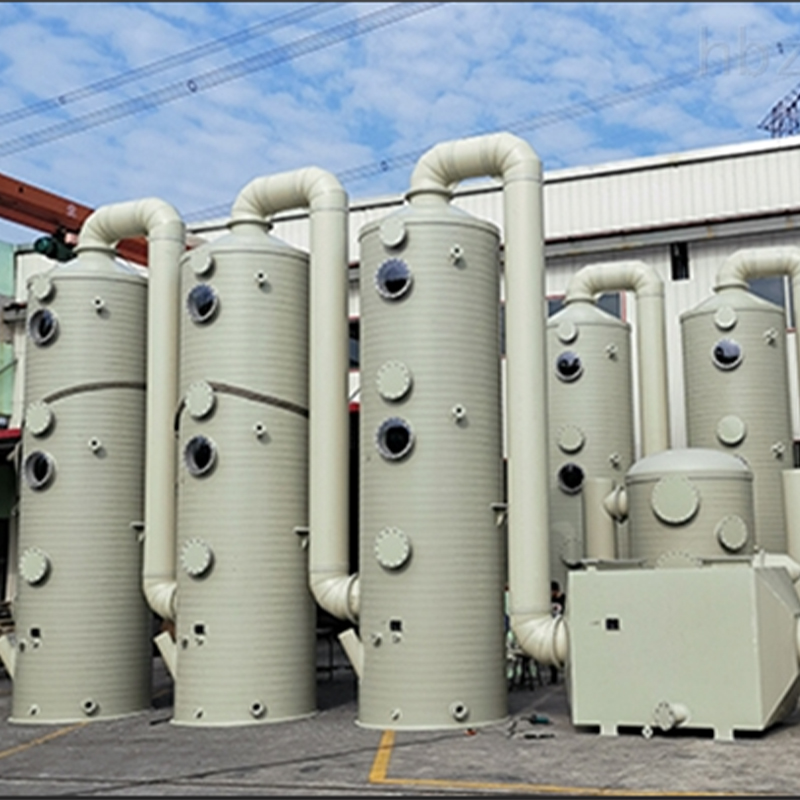
PPH tower
-
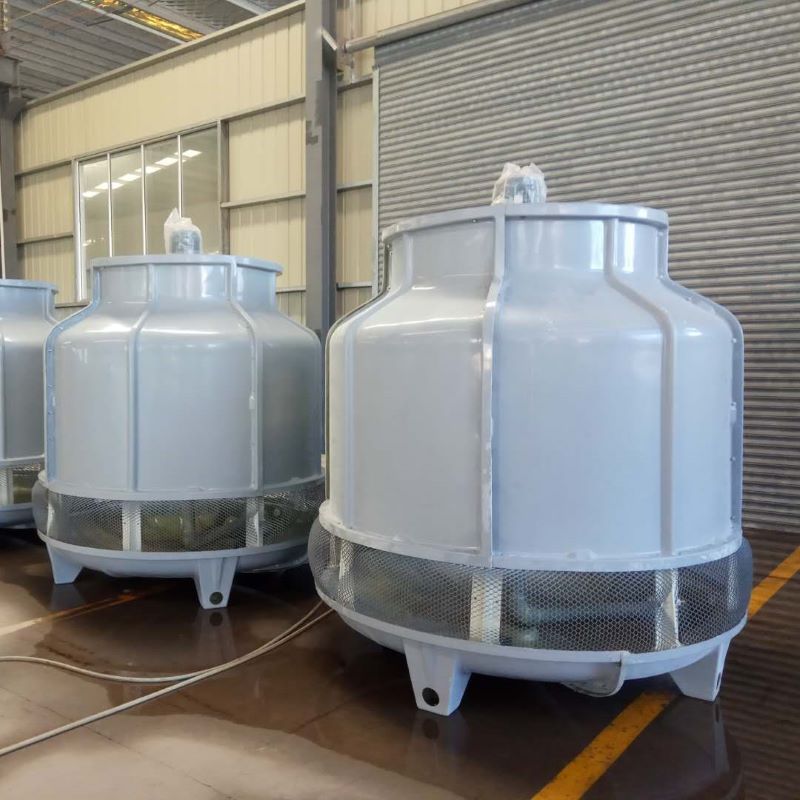
Circular cooling towers
-
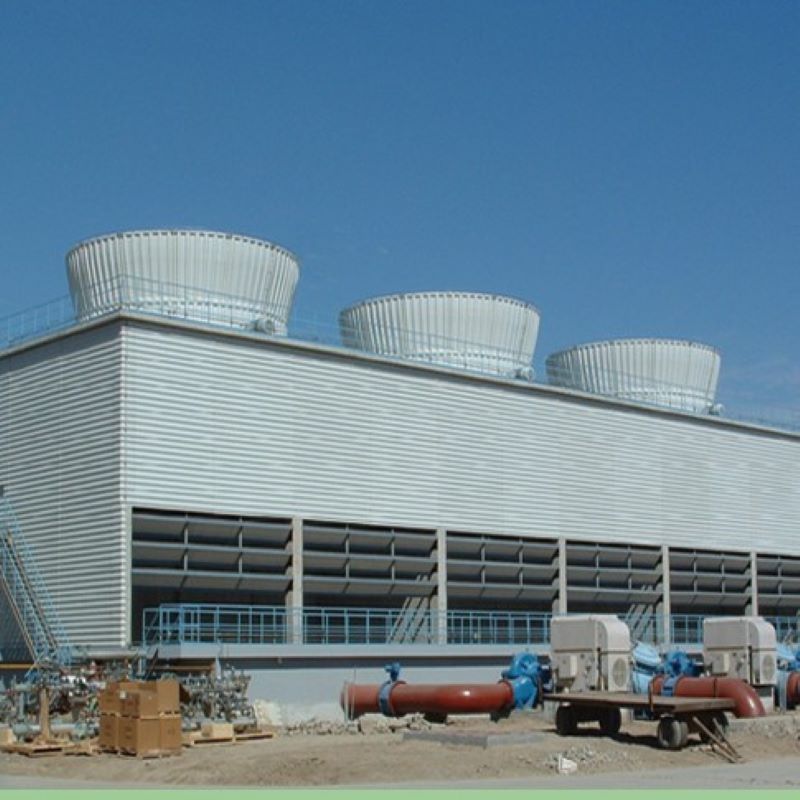
Square cooling towers
-
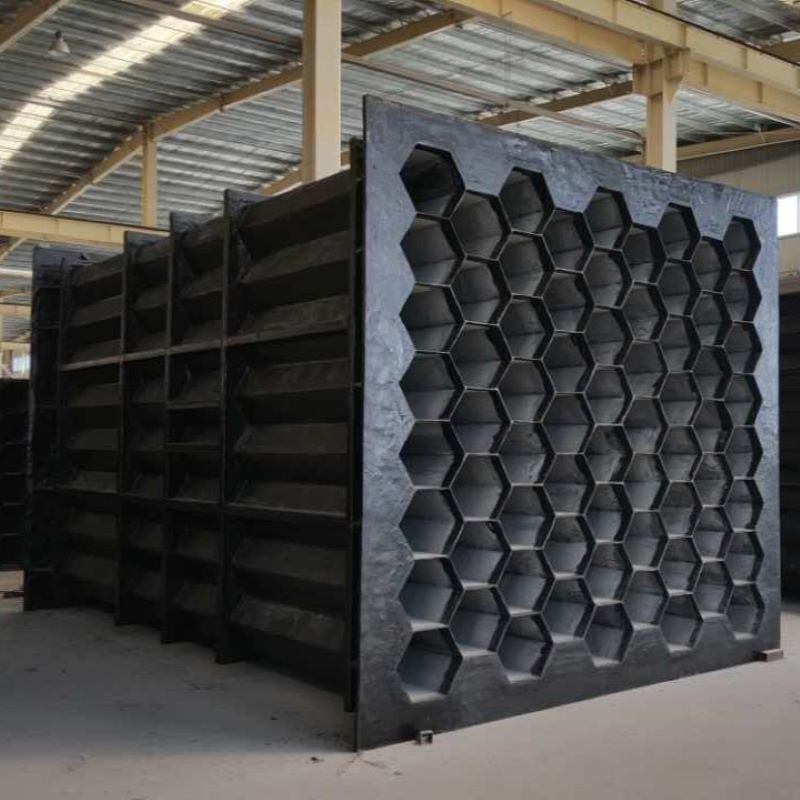
FRP anode tubes
-

FRP Reactor
-
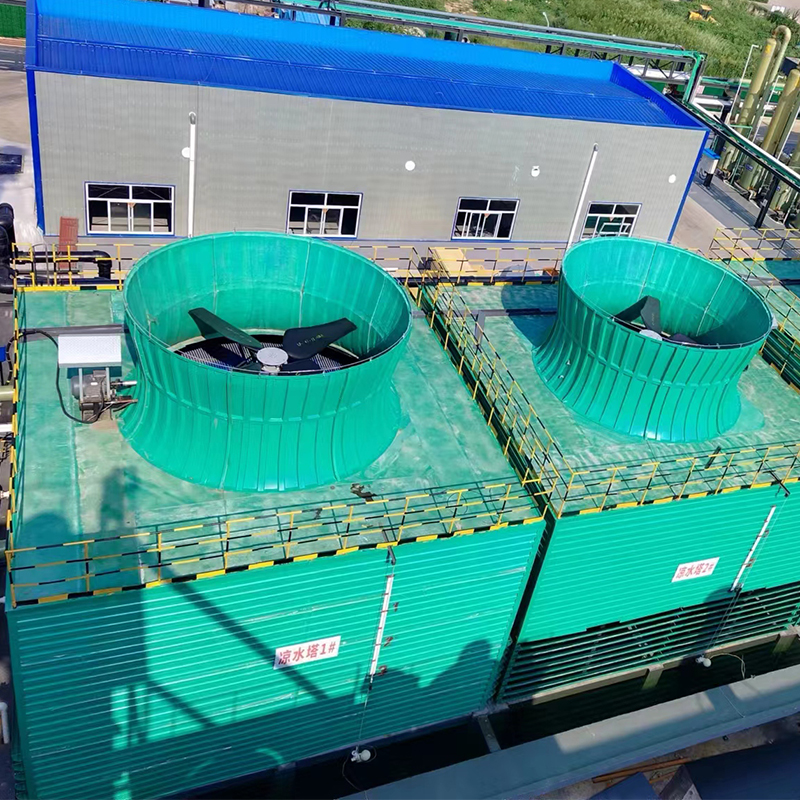
Cooling Tower
-
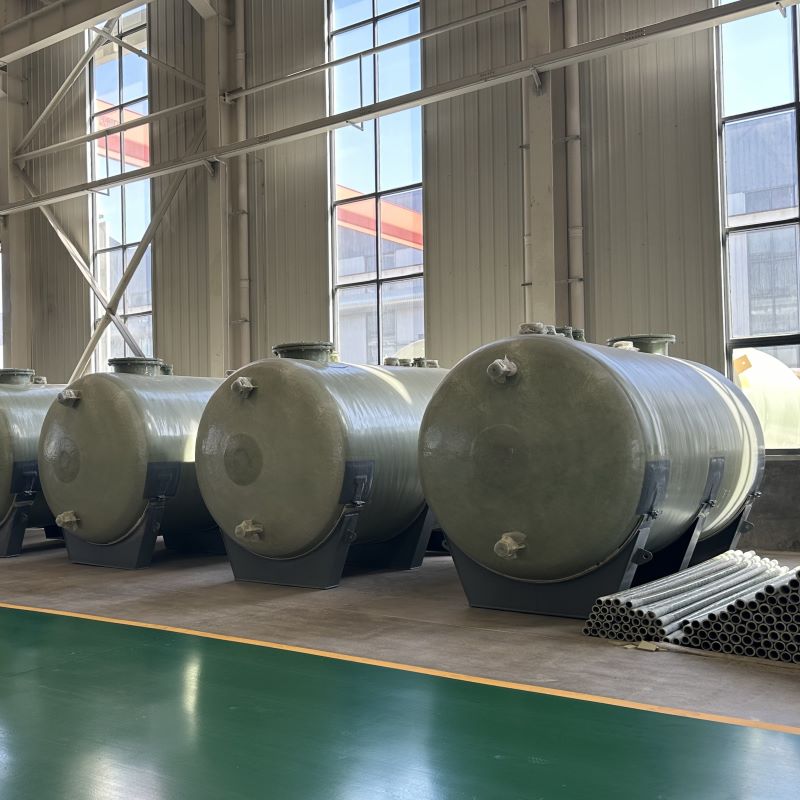
Horizontal FRP Tanks
Square Counterflow Cooling Tower
It adopts the principle of counterflow cooling: hot water flows uniformly down from the top of the cooling tower, while air flows upward from the bottom of the tower, forming counterflow heat exchange. This method enables full contact between hot water and cold air, prolongs heat exchange time, and improves cooling efficiency. Compared to other cooling methods, it can more effectively reduce water temperature.
Description
marker
High efficiency of counterflow cooling
It adopts the principle of counterflow cooling: hot water flows uniformly down from the top of the cooling tower, while air flows upward from the bottom of the tower, forming counterflow heat exchange. This method enables full contact between hot water and cold air, prolongs heat exchange time, and improves cooling efficiency. Compared to other cooling methods, it can more effectively reduce water temperature.
Uniform distribution of water
Usually equipped with advanced water distribution systems, hot water can be evenly distributed on the packing to avoid local overheating or uneven cooling, thereby improving the cooling effect and stability of the entire cooling tower and ensuring consistent water temperature after cooling.
Low wind resistance
The airflow organization of square structure tower is more reasonable, making the air flow smooth and the wind resistance relatively small. This helps to reduce the energy consumption of the fan, improve the operational economy of the cooling tower, and also reduce the airflow interference caused by excessive wind resistance to the surrounding environment.


